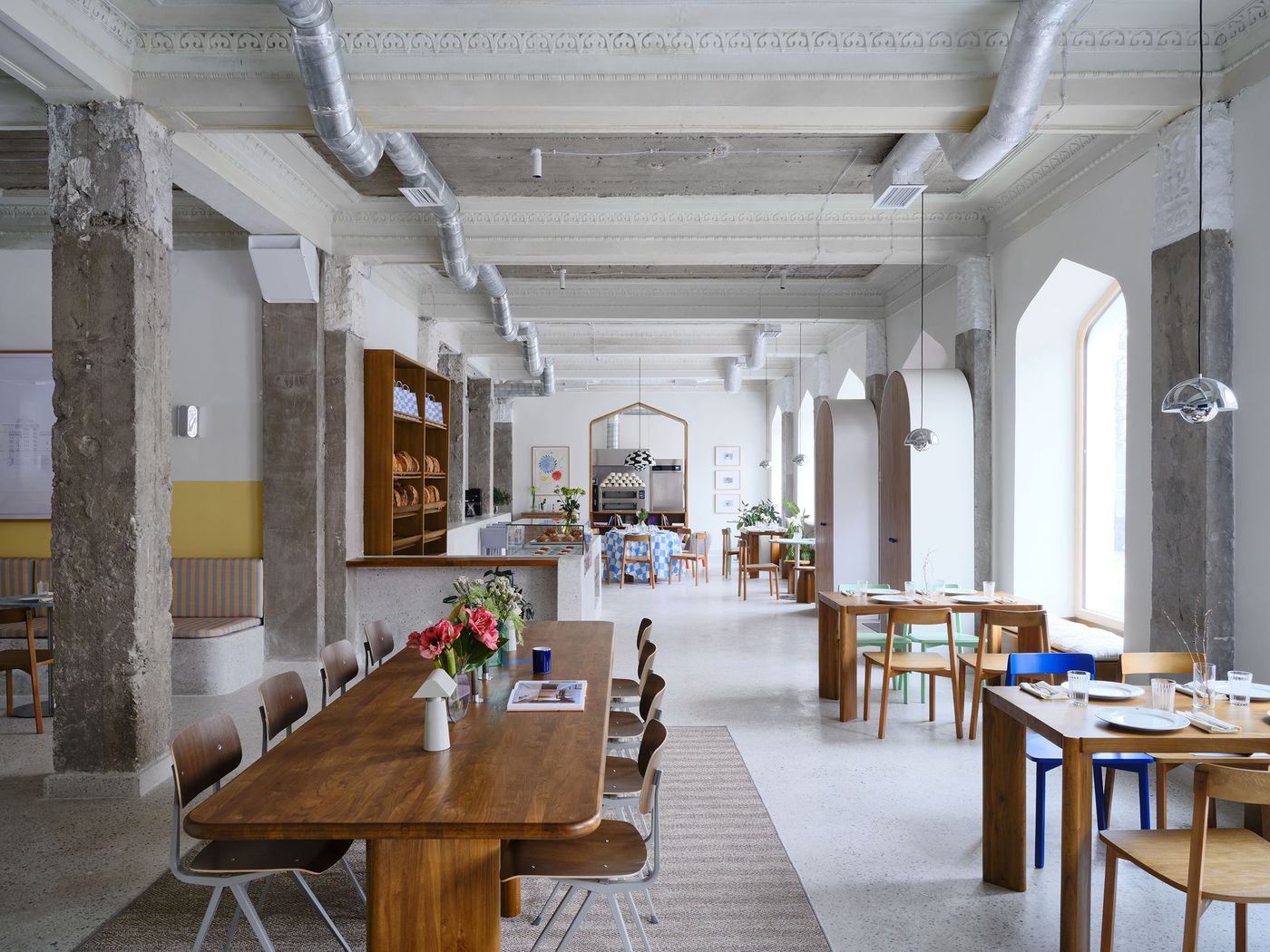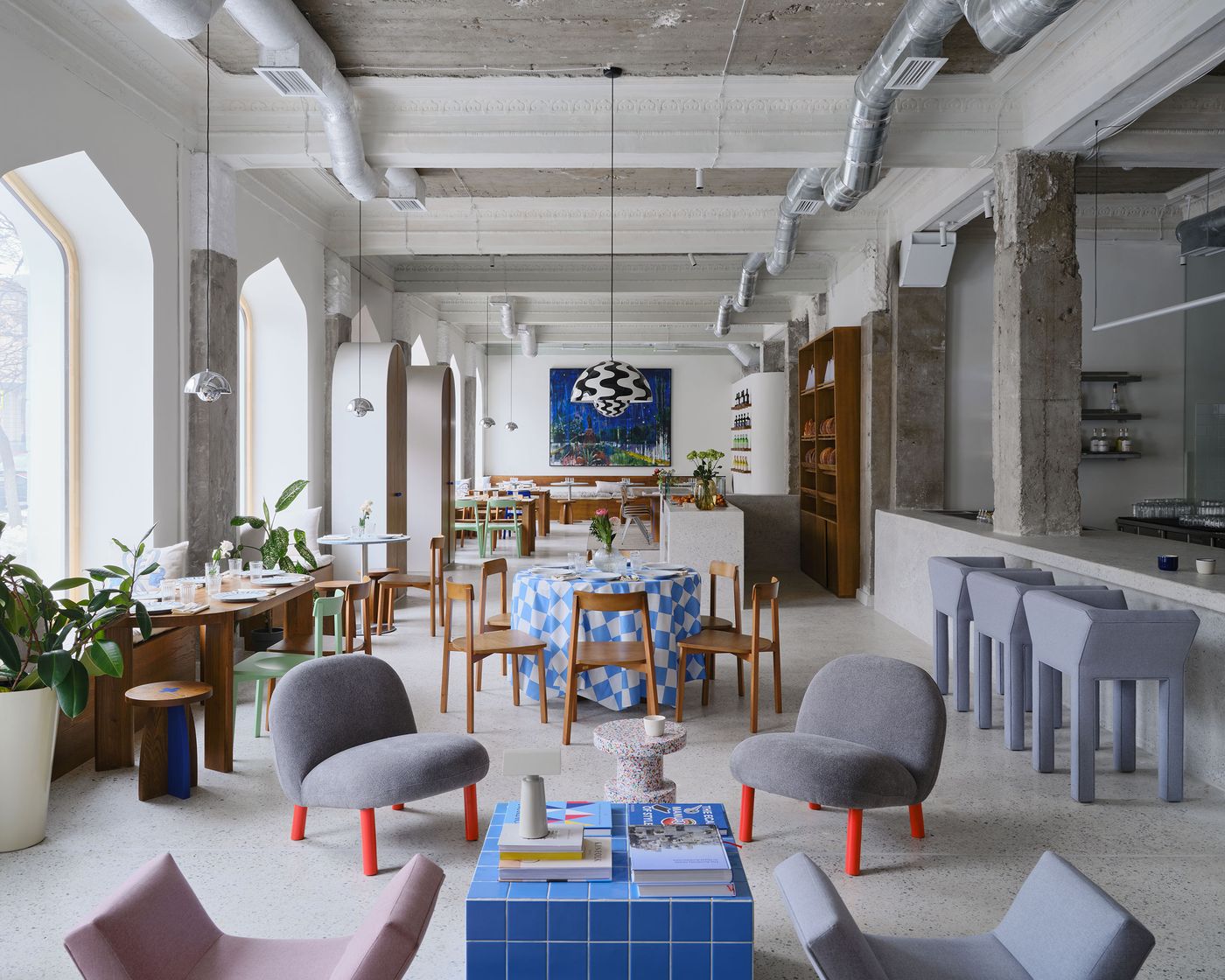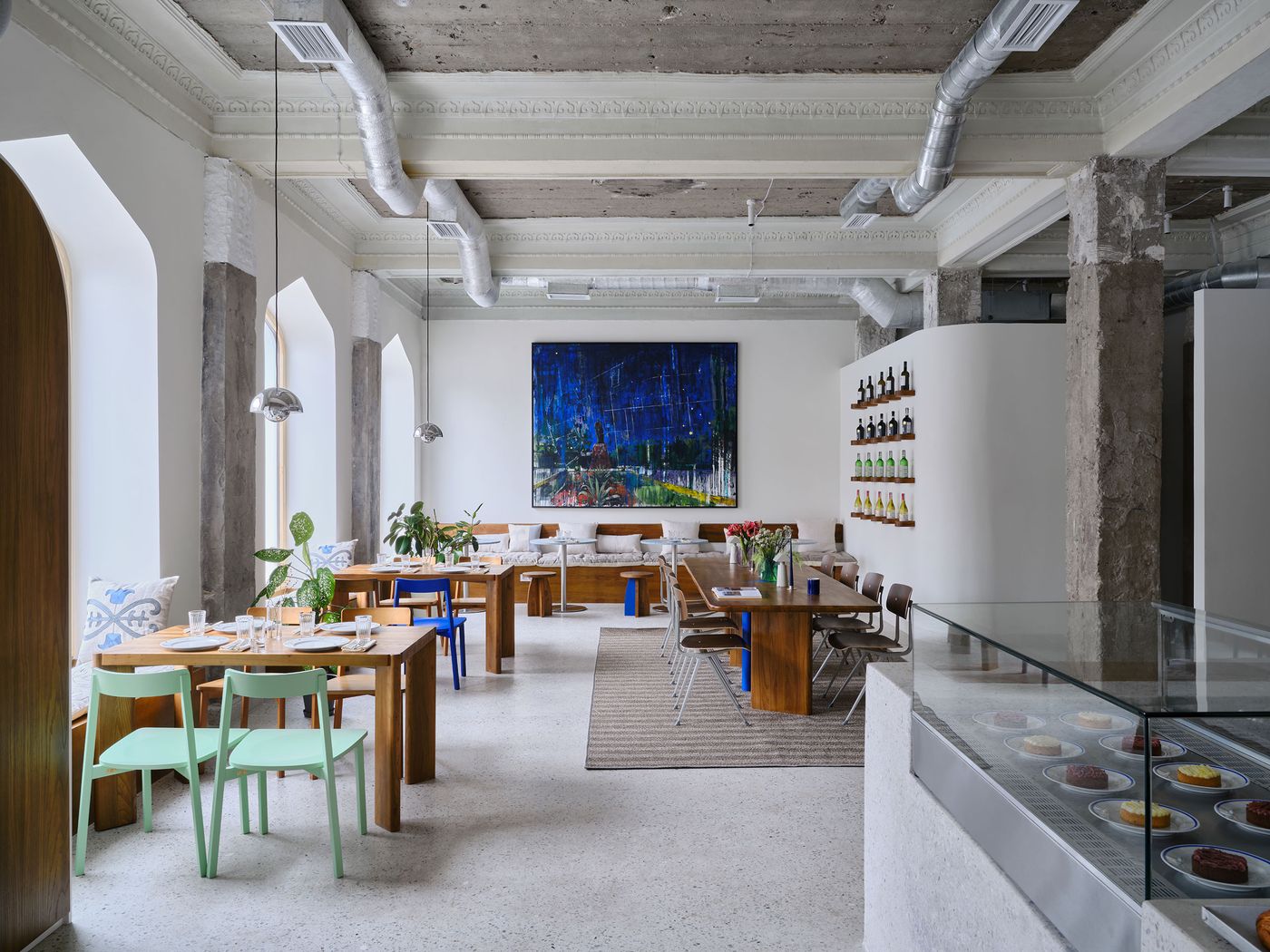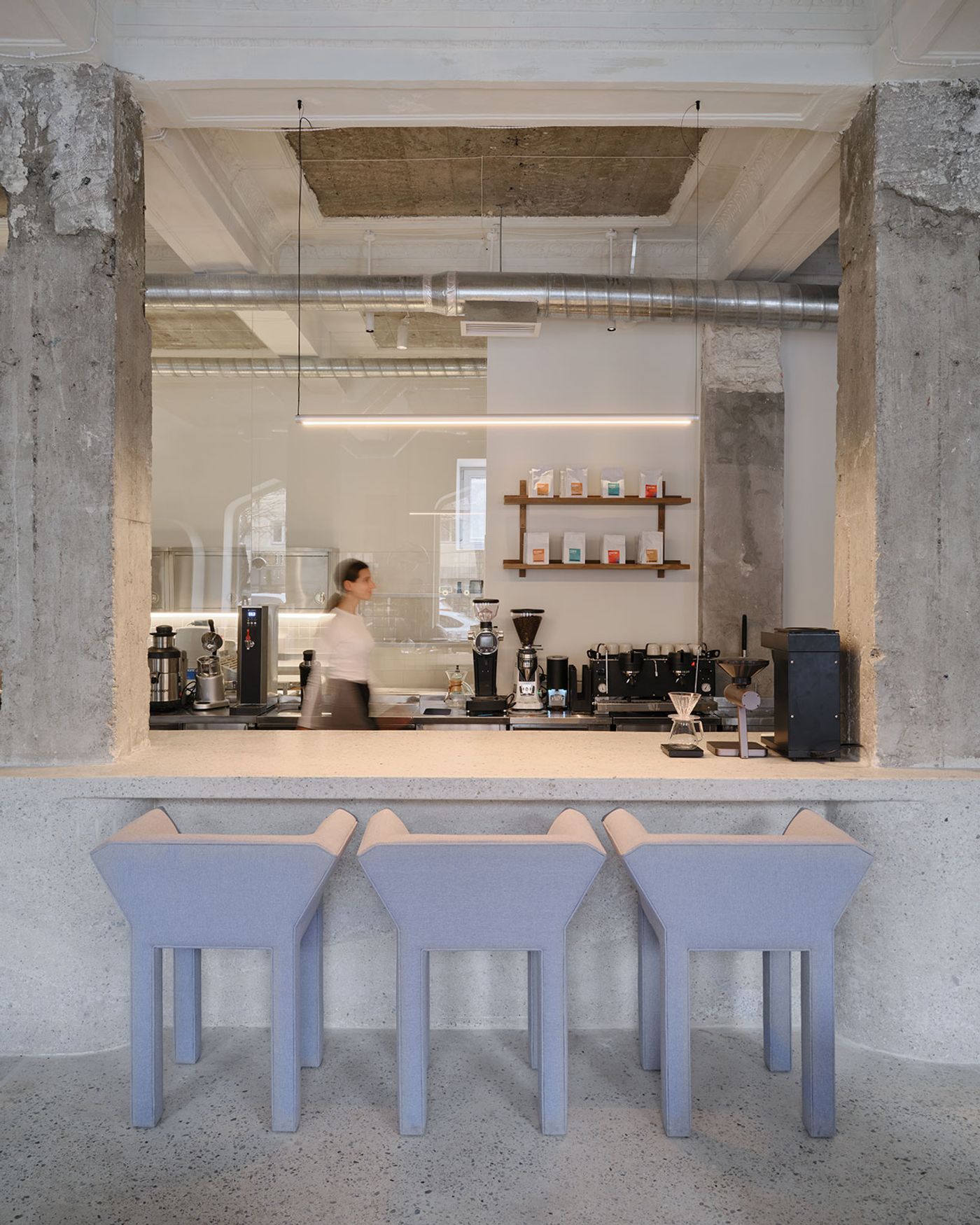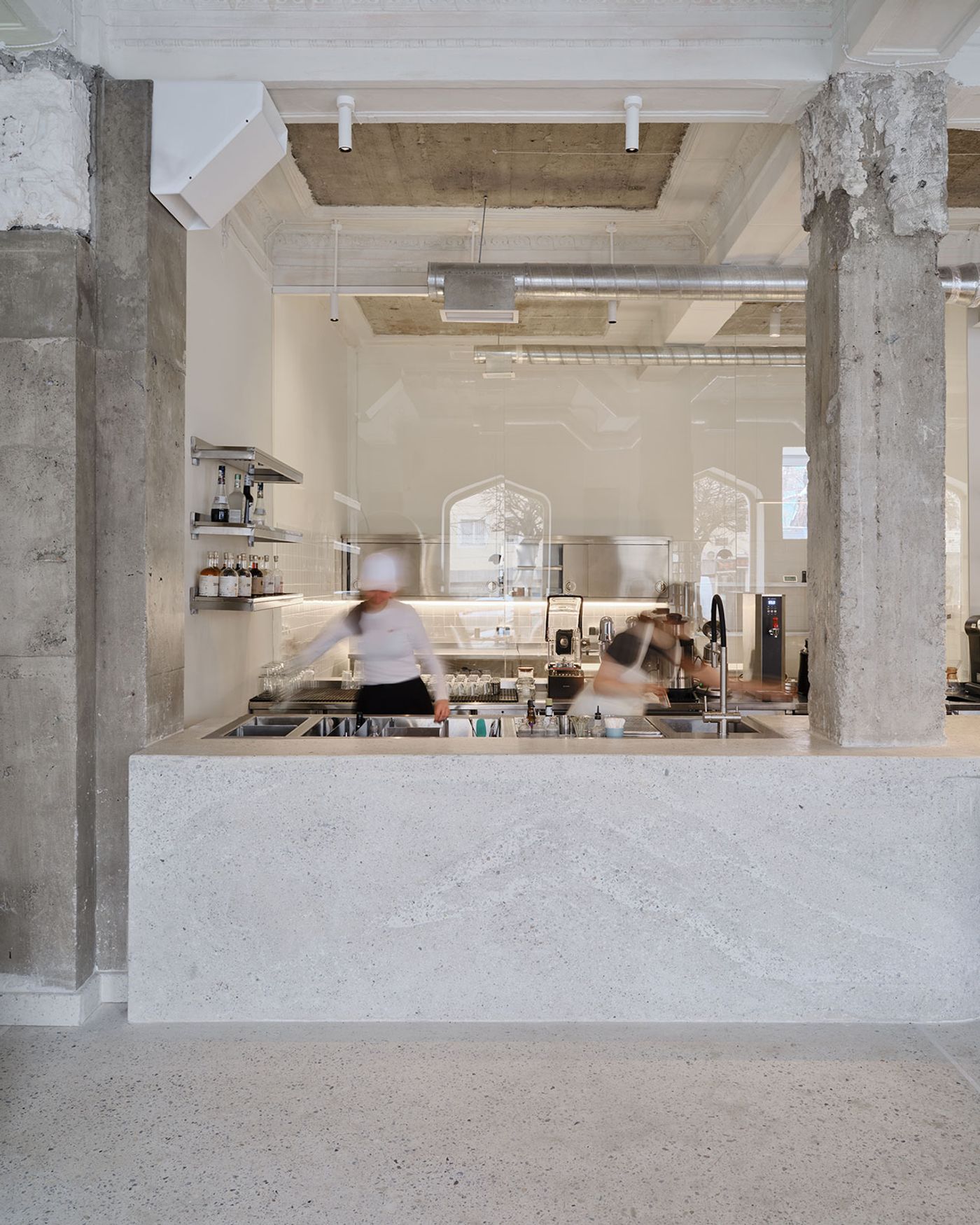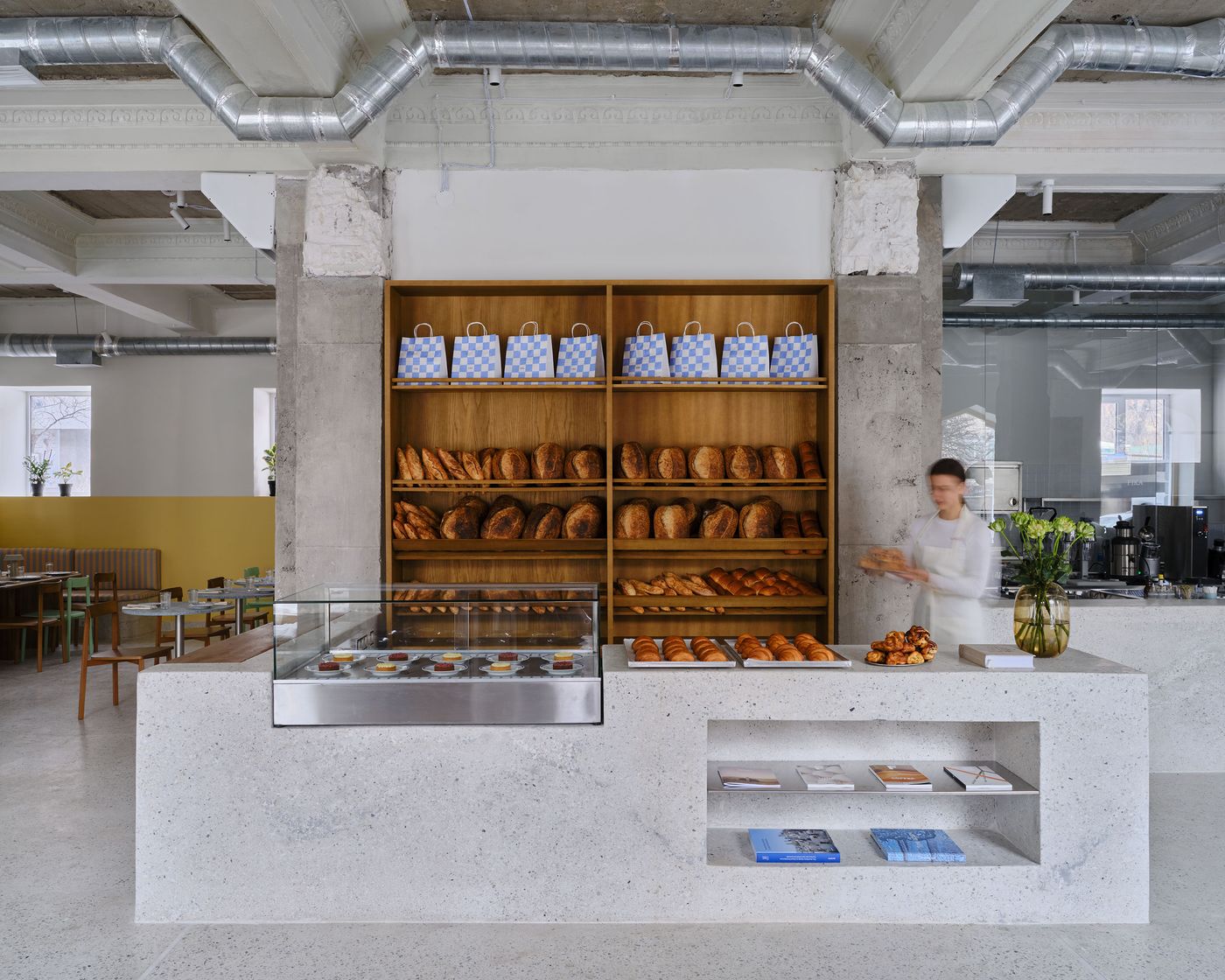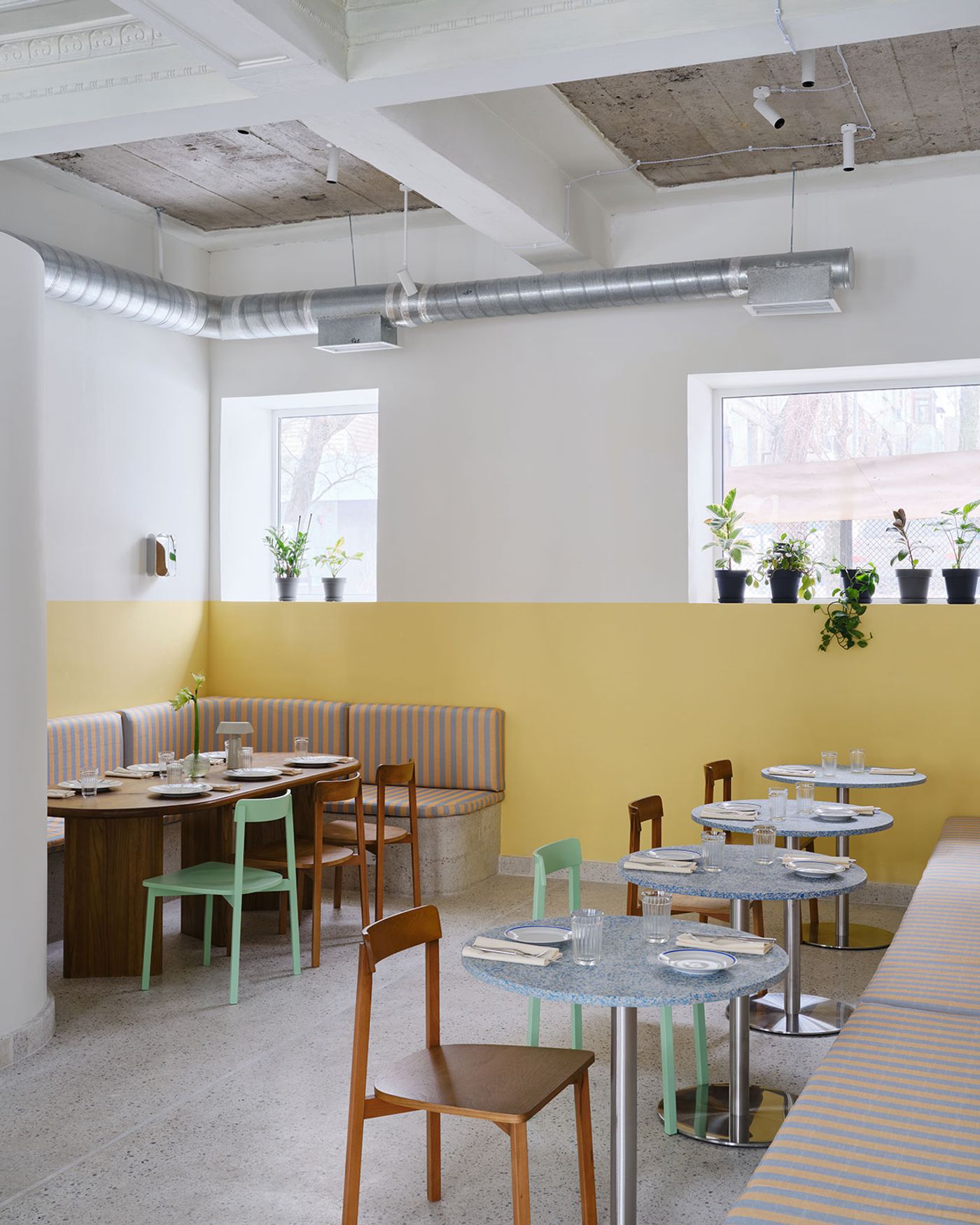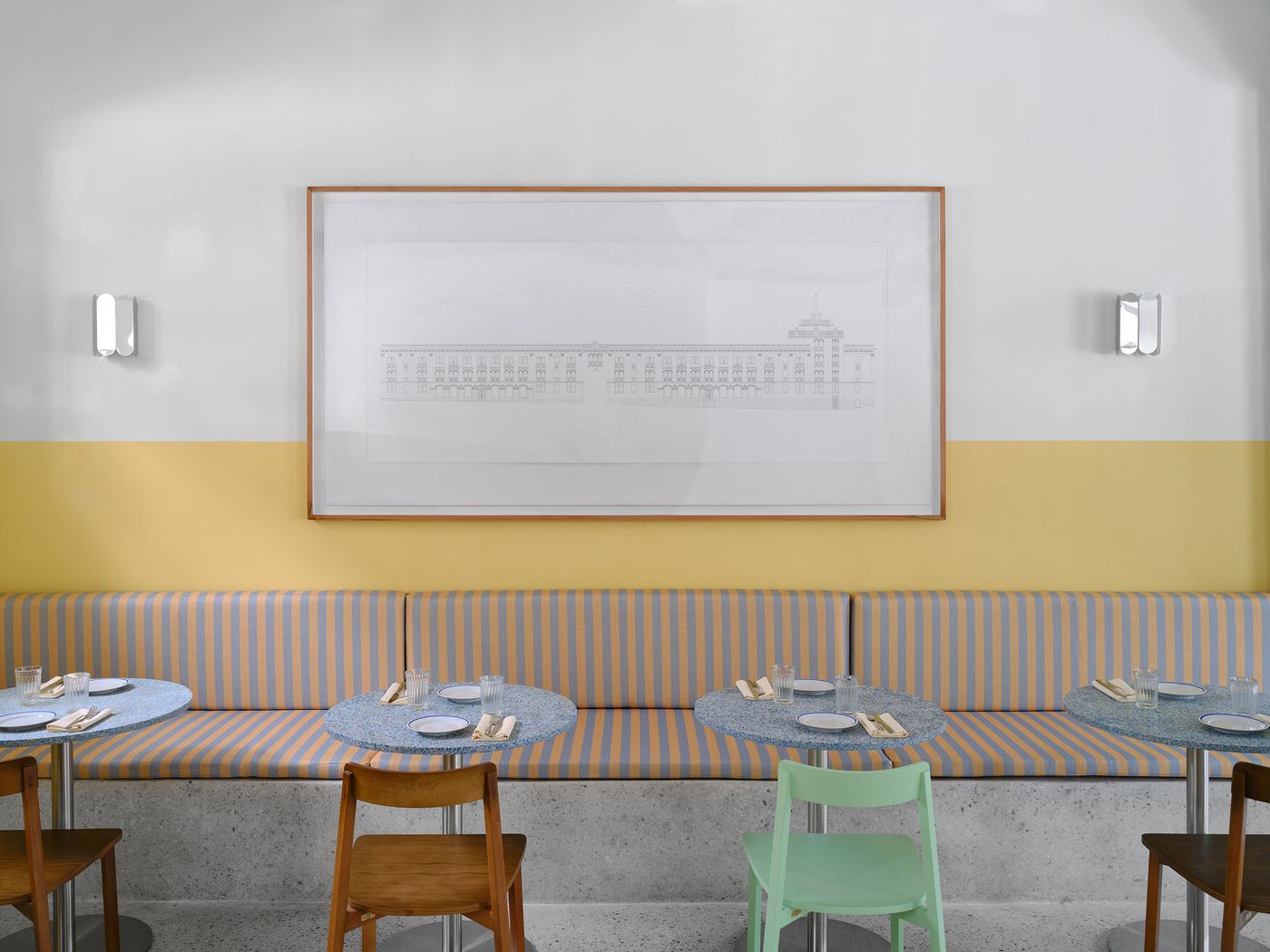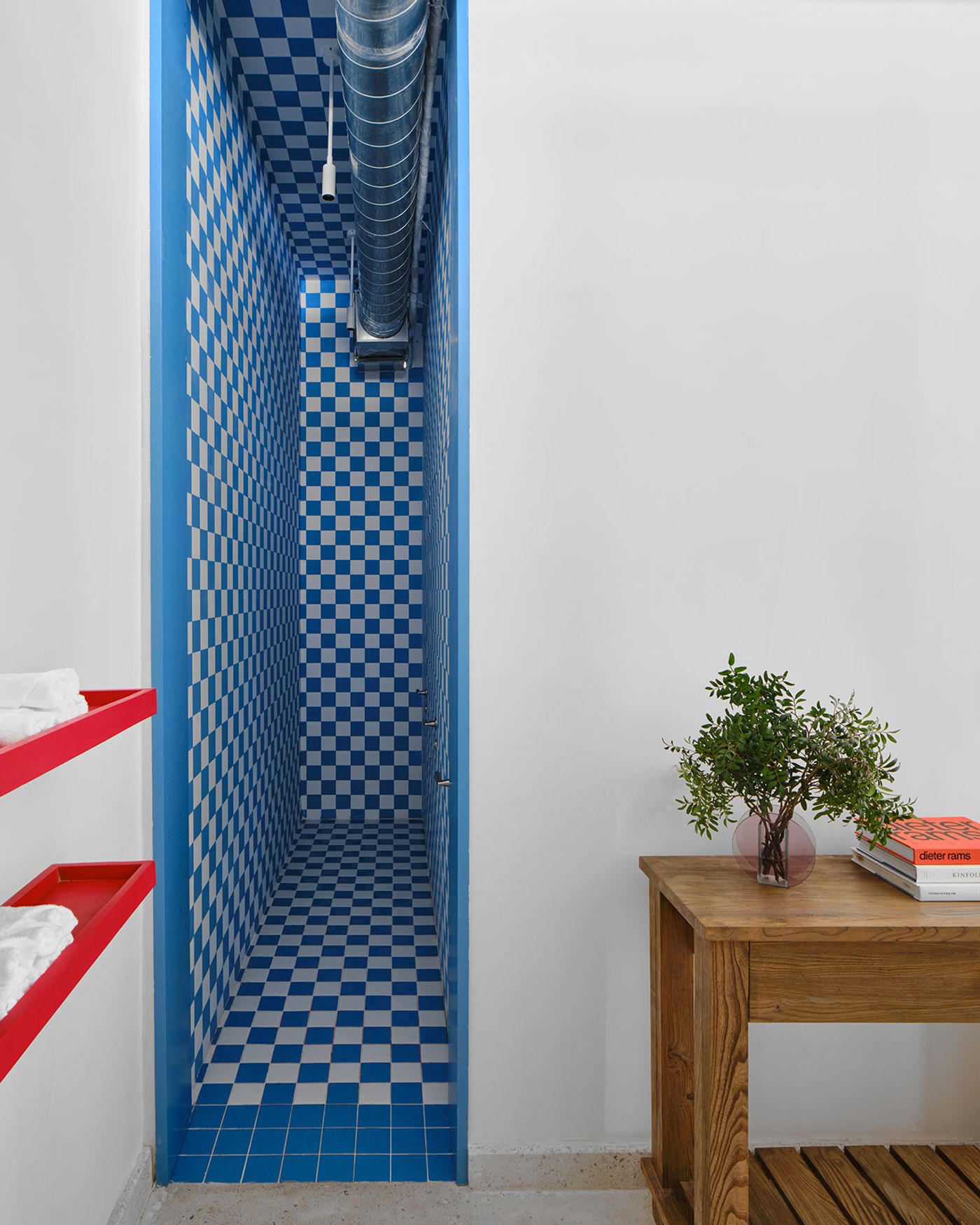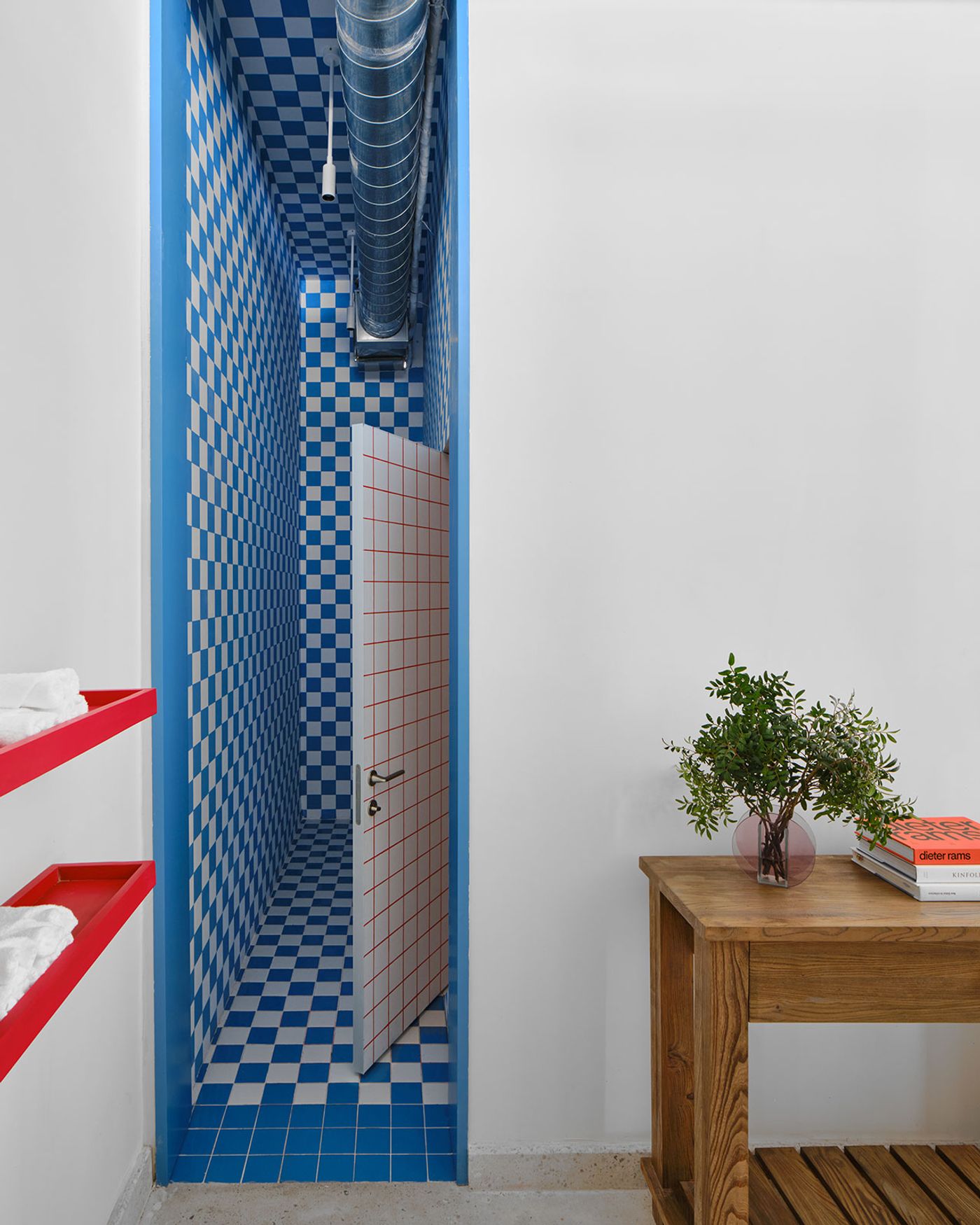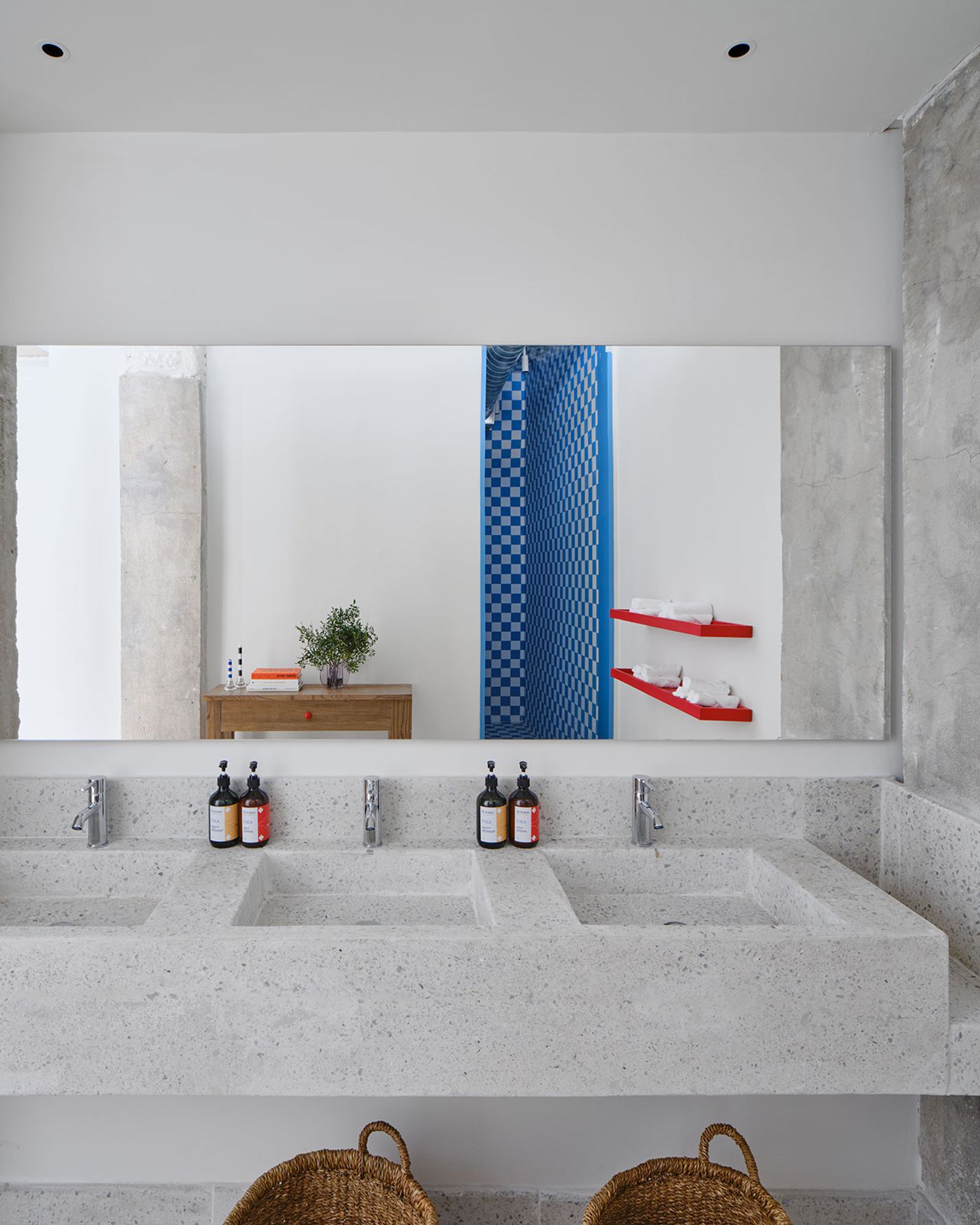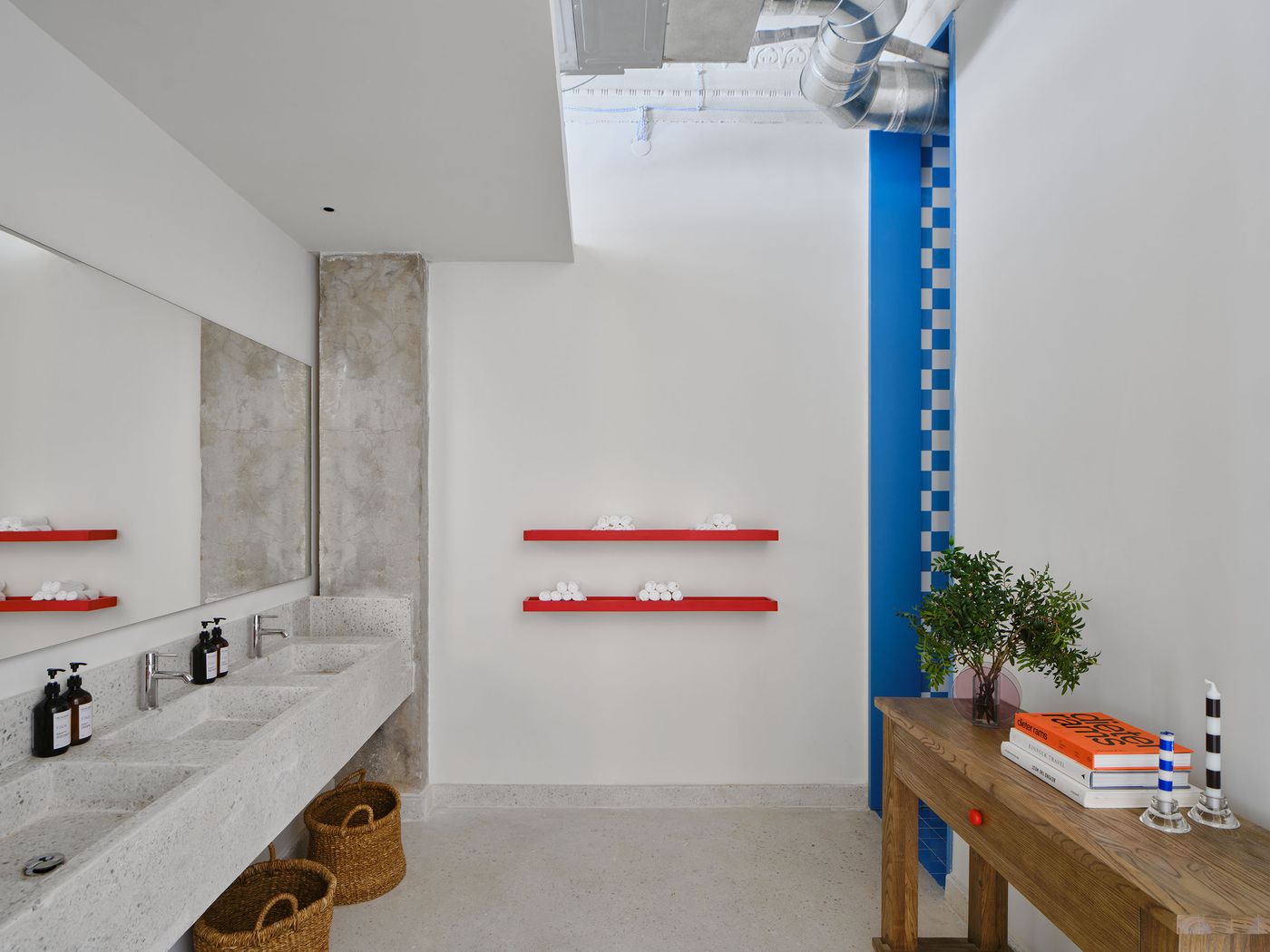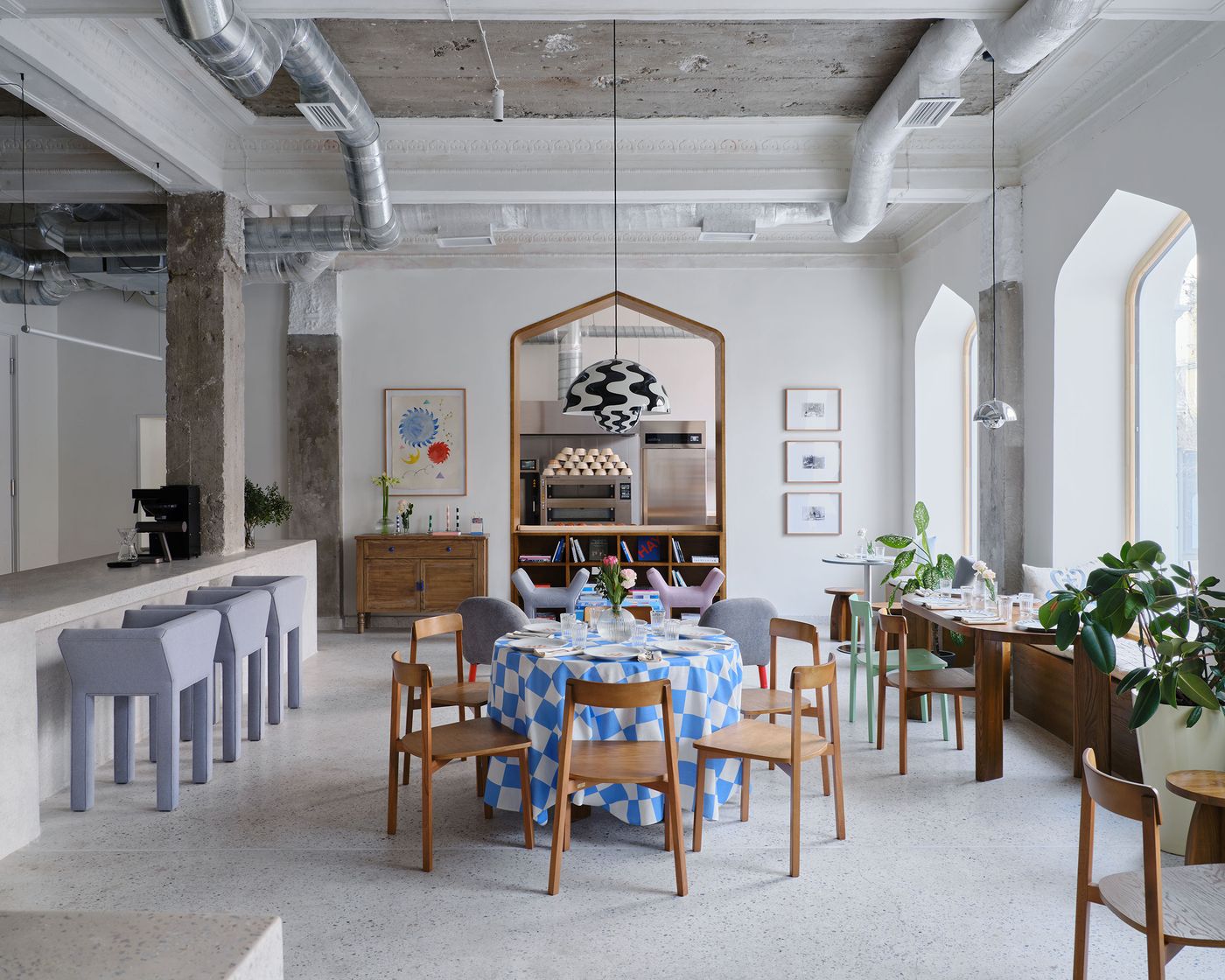
A Soviet-Era Housing Block in Kazakhstan is Playfully Converted into a Scandinavian-Minded Restaurant
Words by Yatzer
Location
Almaty, Kazakhstan
A Soviet-Era Housing Block in Kazakhstan is Playfully Converted into a Scandinavian-Minded Restaurant
Words by Yatzer
Almaty, Kazakhstan
Almaty, Kazakhstan
Location
Commissioned to convert a Soviet-era workers' housing block in Kazakhstan’s capital Almaty into a modern café, bakery and restaurant, female-led architectural practice NAAW Studio could have easily concealed or removed the dated ornamental features of the 1950s building in order to start over with a clean slate; instead, they chose to boldly incorporated them into their playful scheme. Named after the Swedish tradition of taking a break to have a coffee and pastry, FIKA’s interior design skews towards modern Scandinavian whilst seamlessly embracing the remaining traces of the property’s Stalinist architecture heritage as well as contemporary details informed by Almaty's surroundings
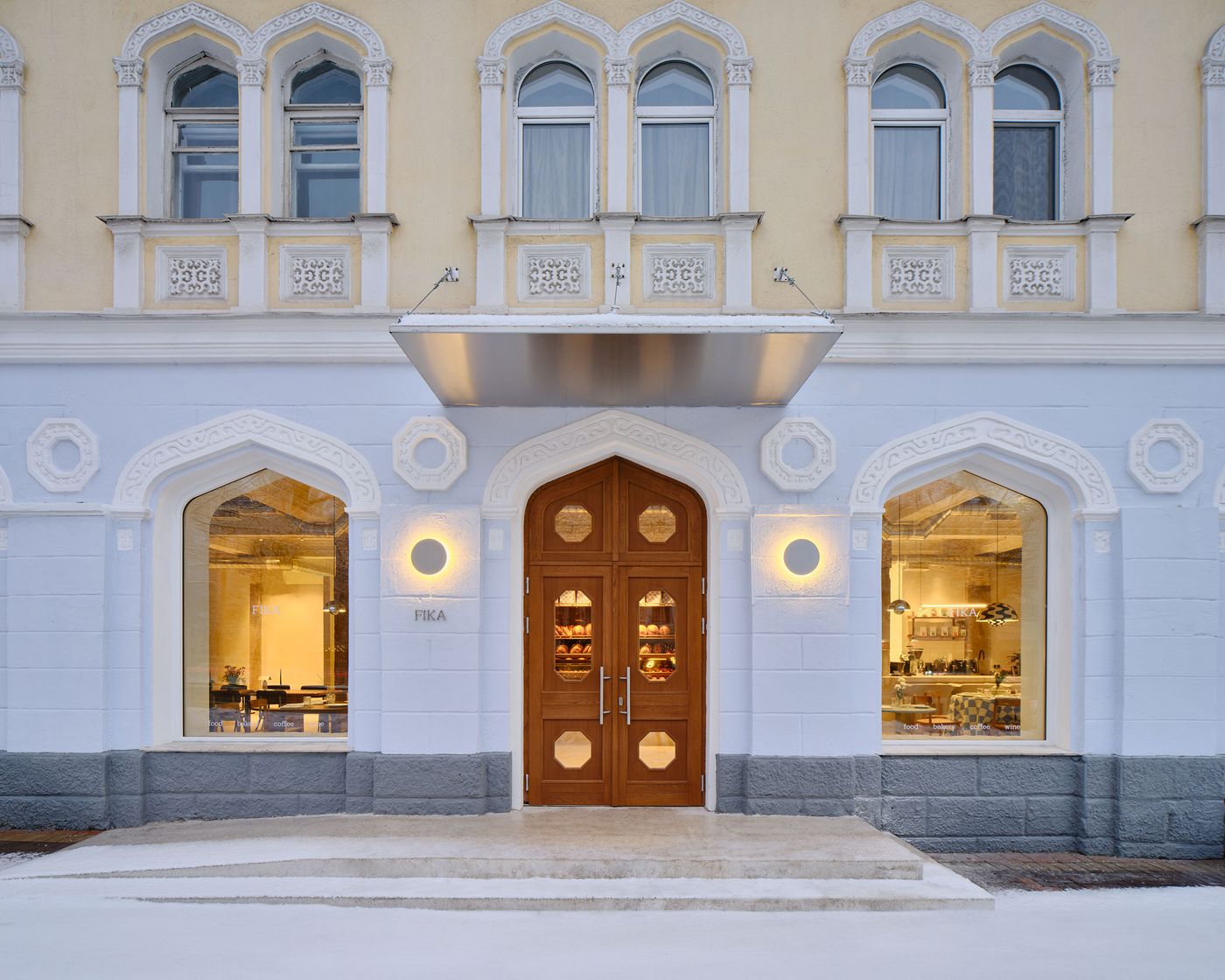
Photography by Damir Otegen.
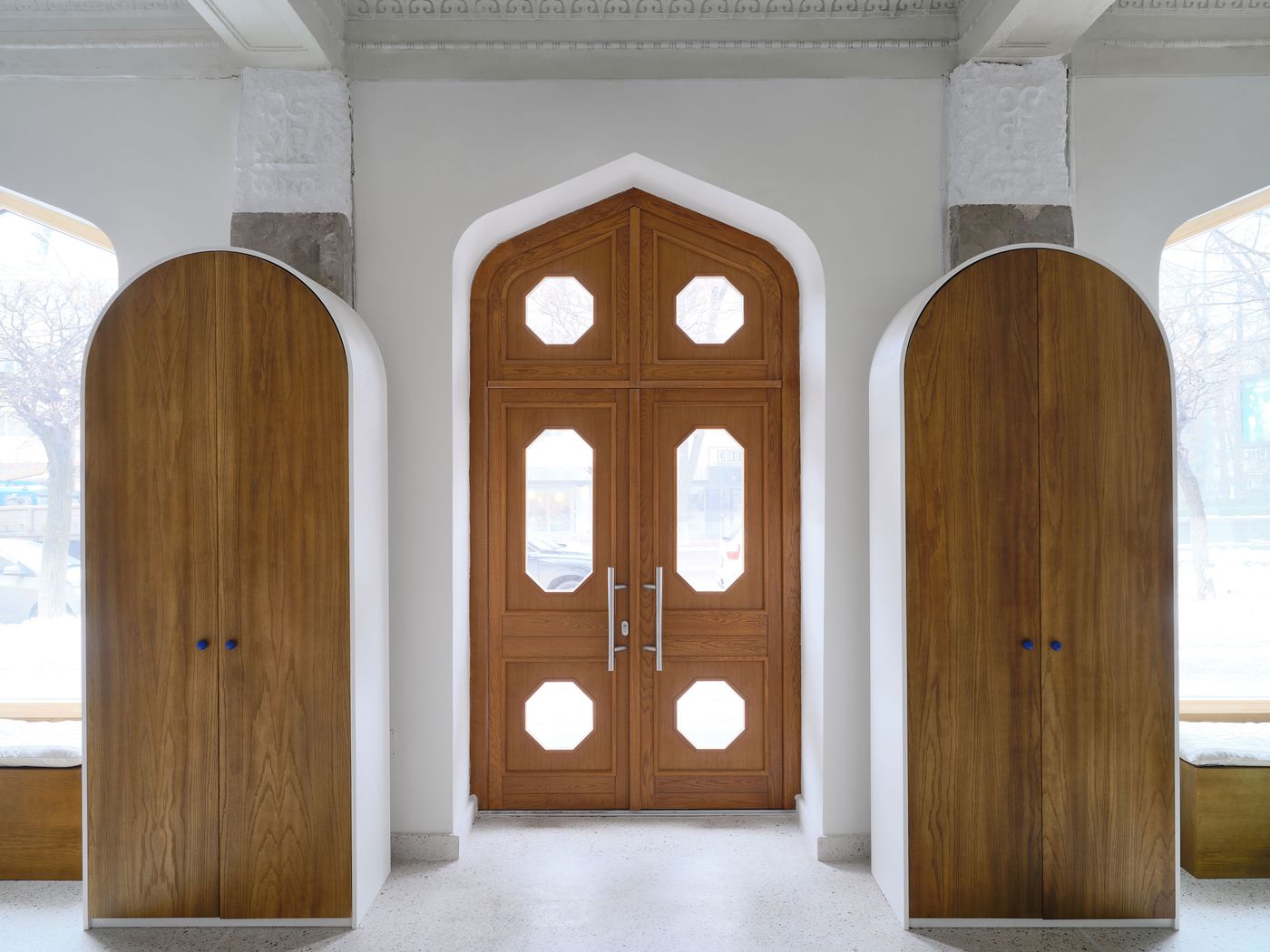
Photography by Damir Otegen.
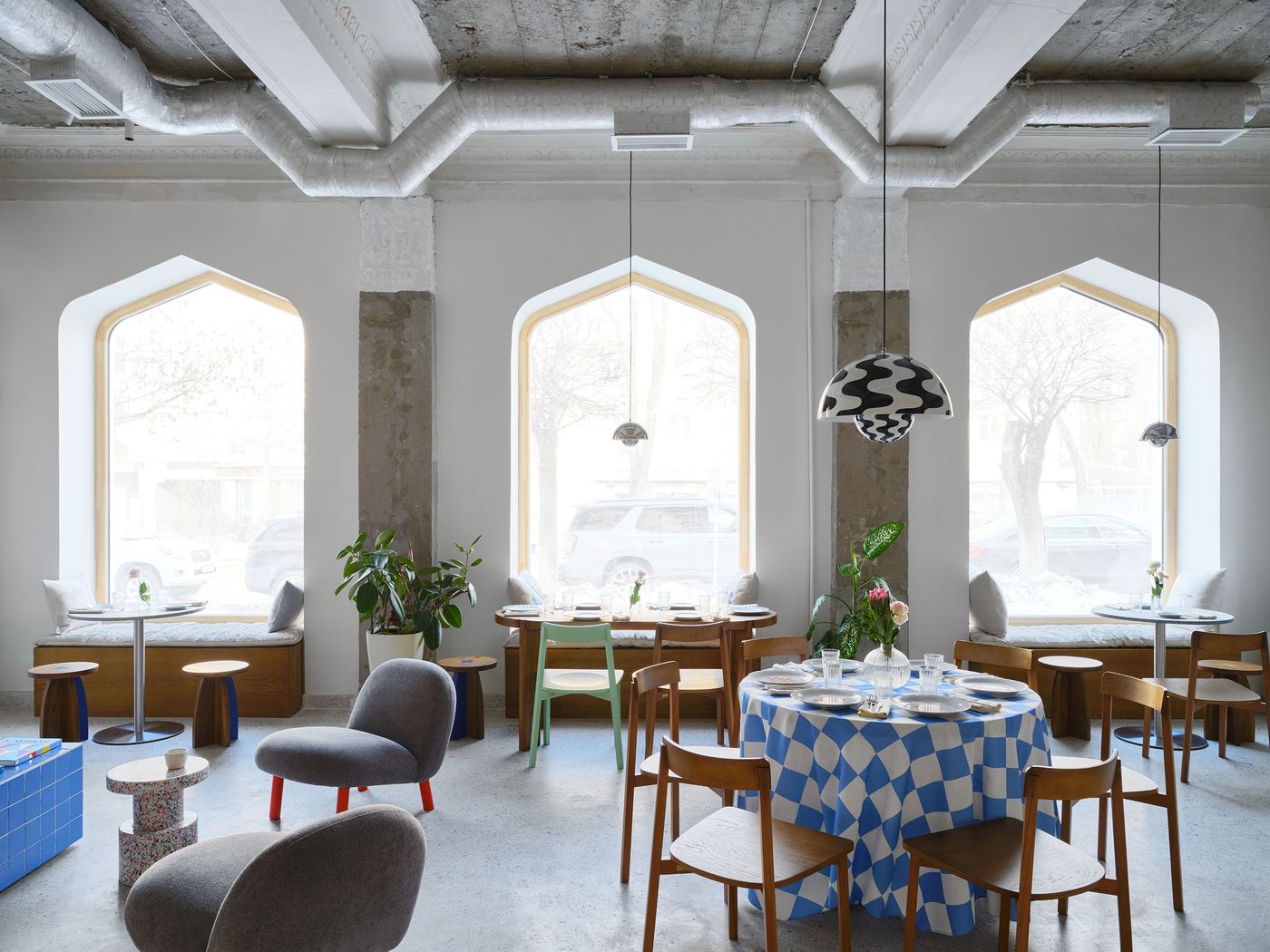
Photography by Damir Otegen.
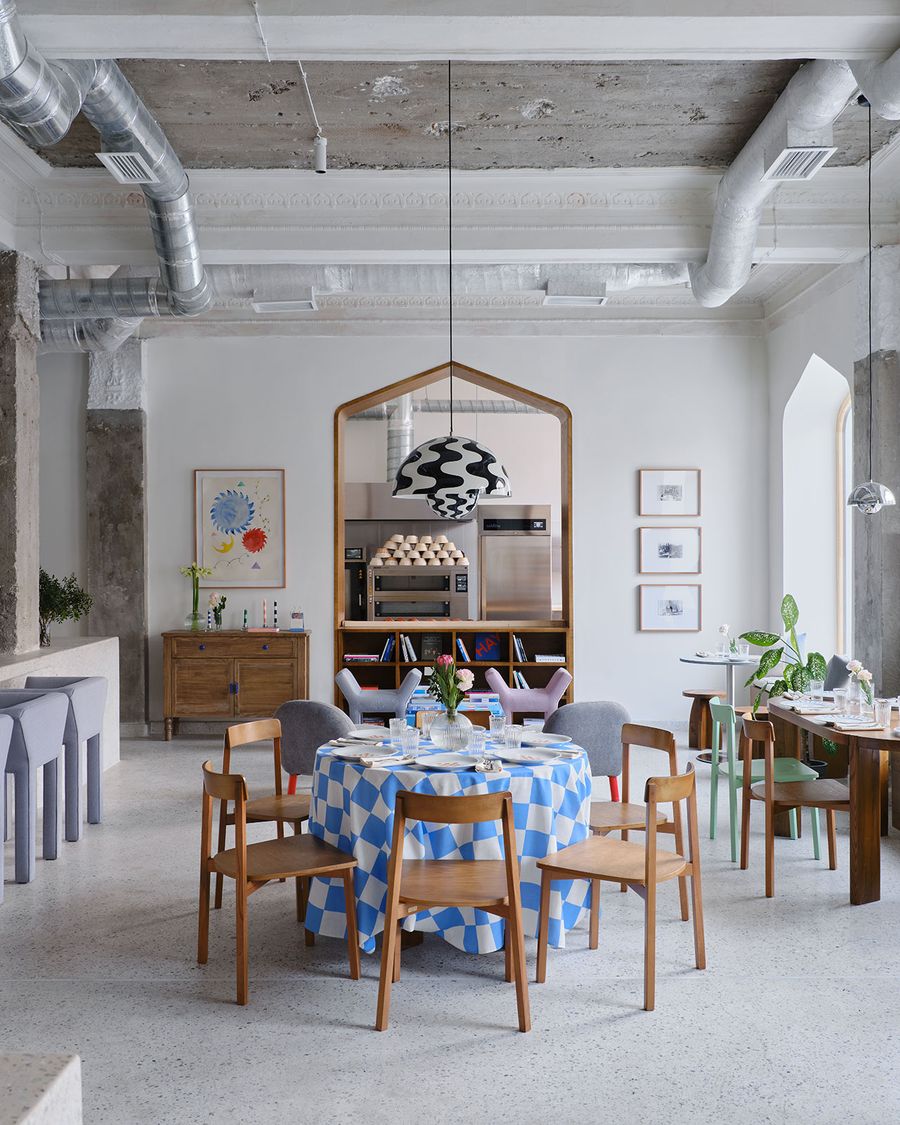
Photography by Damir Otegen.
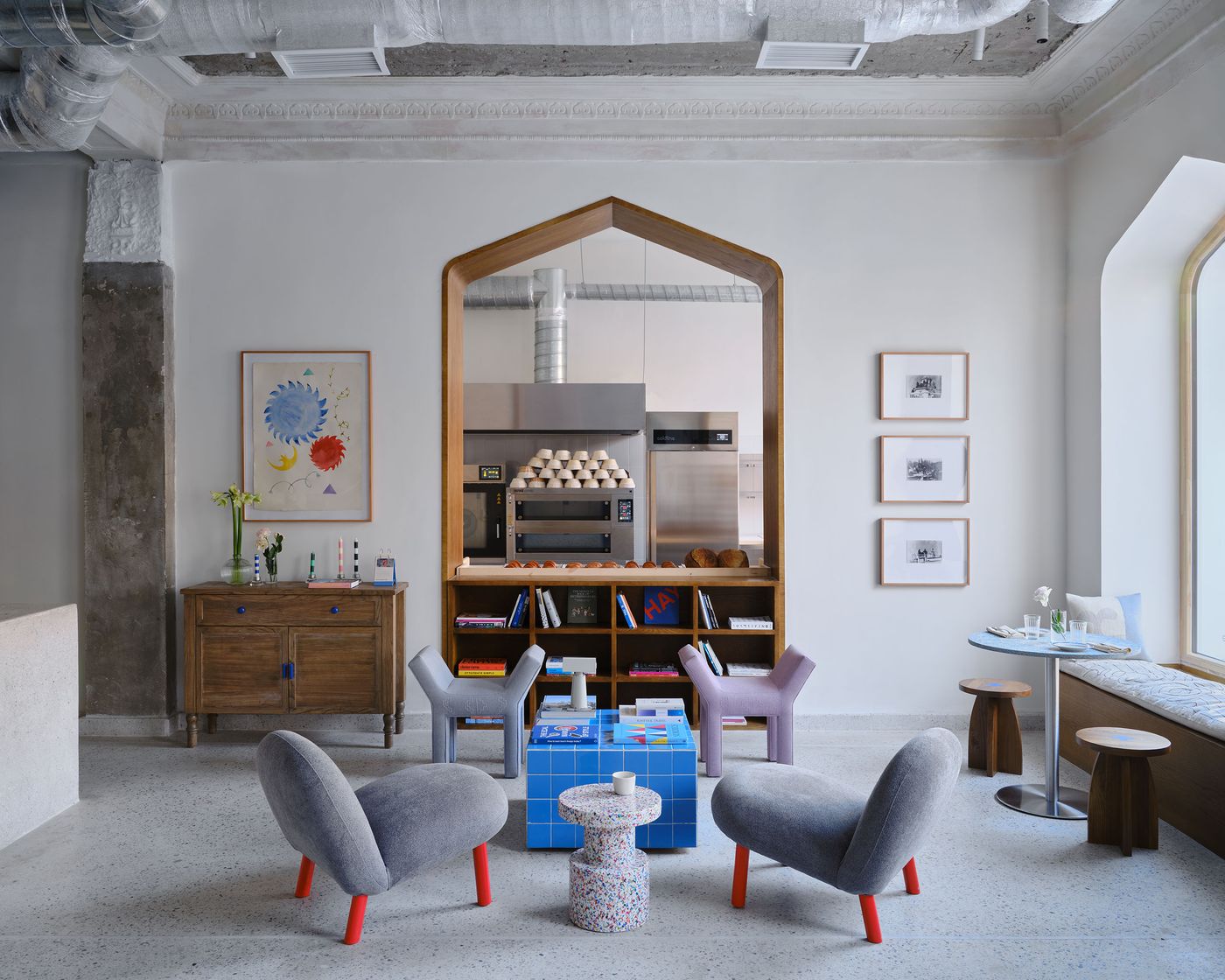
Photography by Damir Otegen.
“At the core of our mission was the conscious effort to reexamine the architectural legacy of the Soviet era, steering clear of romanticism”, explain the studio’s co-founders Elvira Bakubayeva and Aisulu Uali. So, when the building’s original plasterwork was revealed behind the suspended ceiling panels which were added during a previous renovation, they decided to preserve it as found in its weathered state along with the building’s concrete skeleton. The resulting combination of the exposed concrete surfaces and decorative ceiling mouldings is an evocative reminder of the city’s bittersweet Soviet past. Far from conveying a dram ambience though, the space is imbued with a playful conviviality thanks to plenty of natural light streaming in from the large windows, an open-plan, fluid layout and a whimsical collection of furniture most of which was custom-designed specifically for the project.
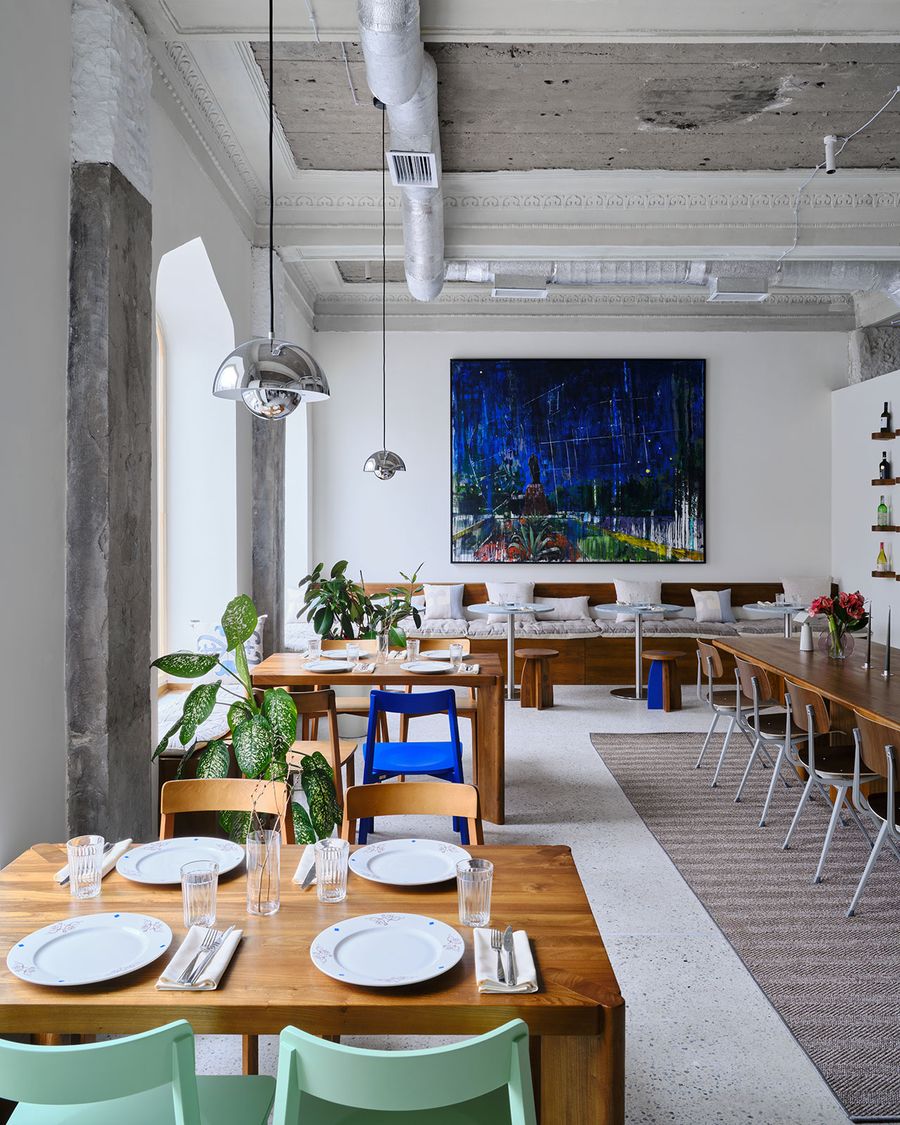
Photography by Damir Otegen.
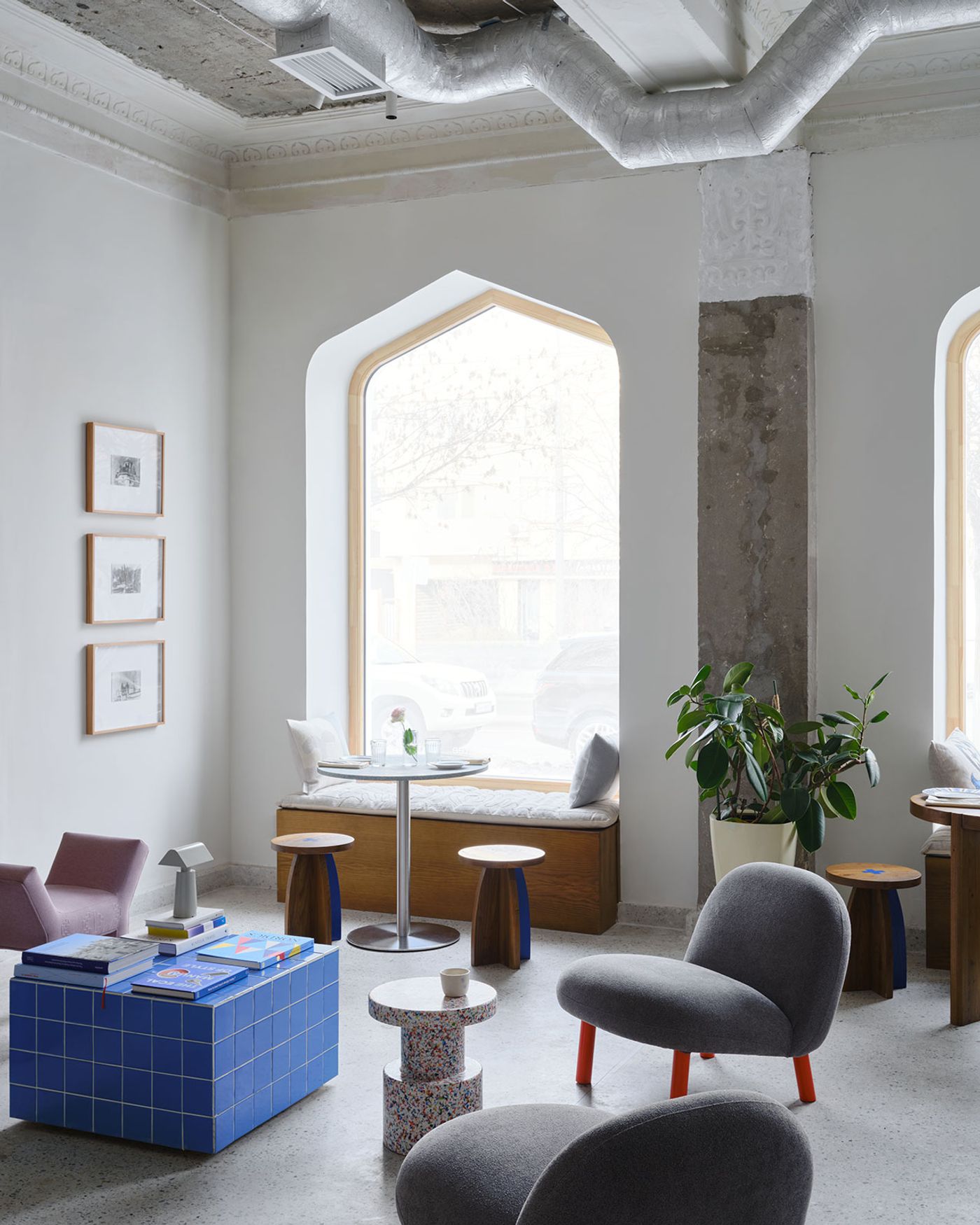
Photography by Damir Otegen.
Large angular windows that have been painstakingly restored with the help of specialized carpenters and fitted with undivided panes of glass blur the boundary between interior and exterior, as does the terrazzo flooring which extends outside to form an entrance porch. A monolithic counter and timber display in the middle of the space both serve to further underscore the urban character of the space, as do the window sills-turned-sitting nooks, while a large angular opening offering views into the bakery further enhances the sense of spaciousness.
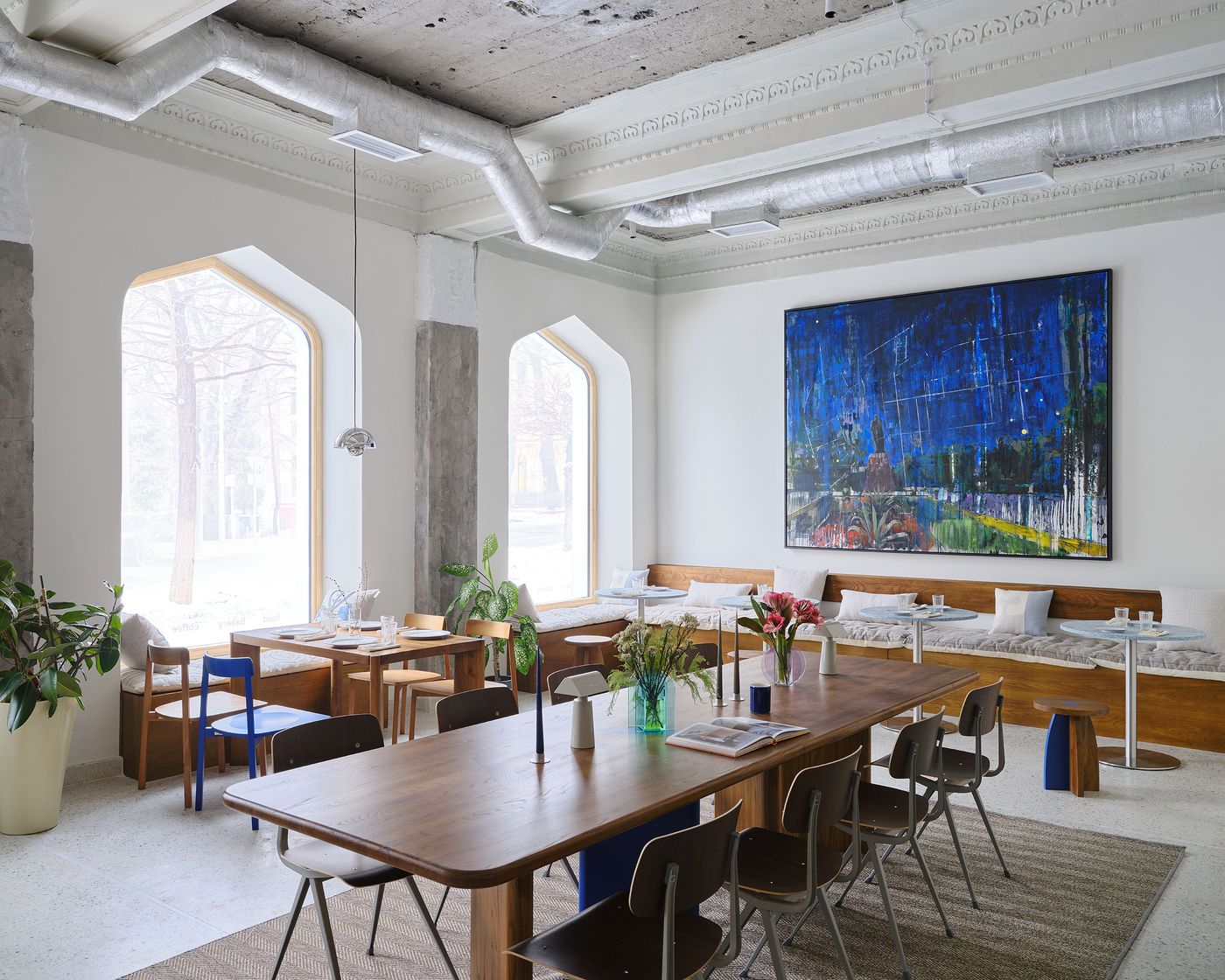
Photography by Damir Otegen.
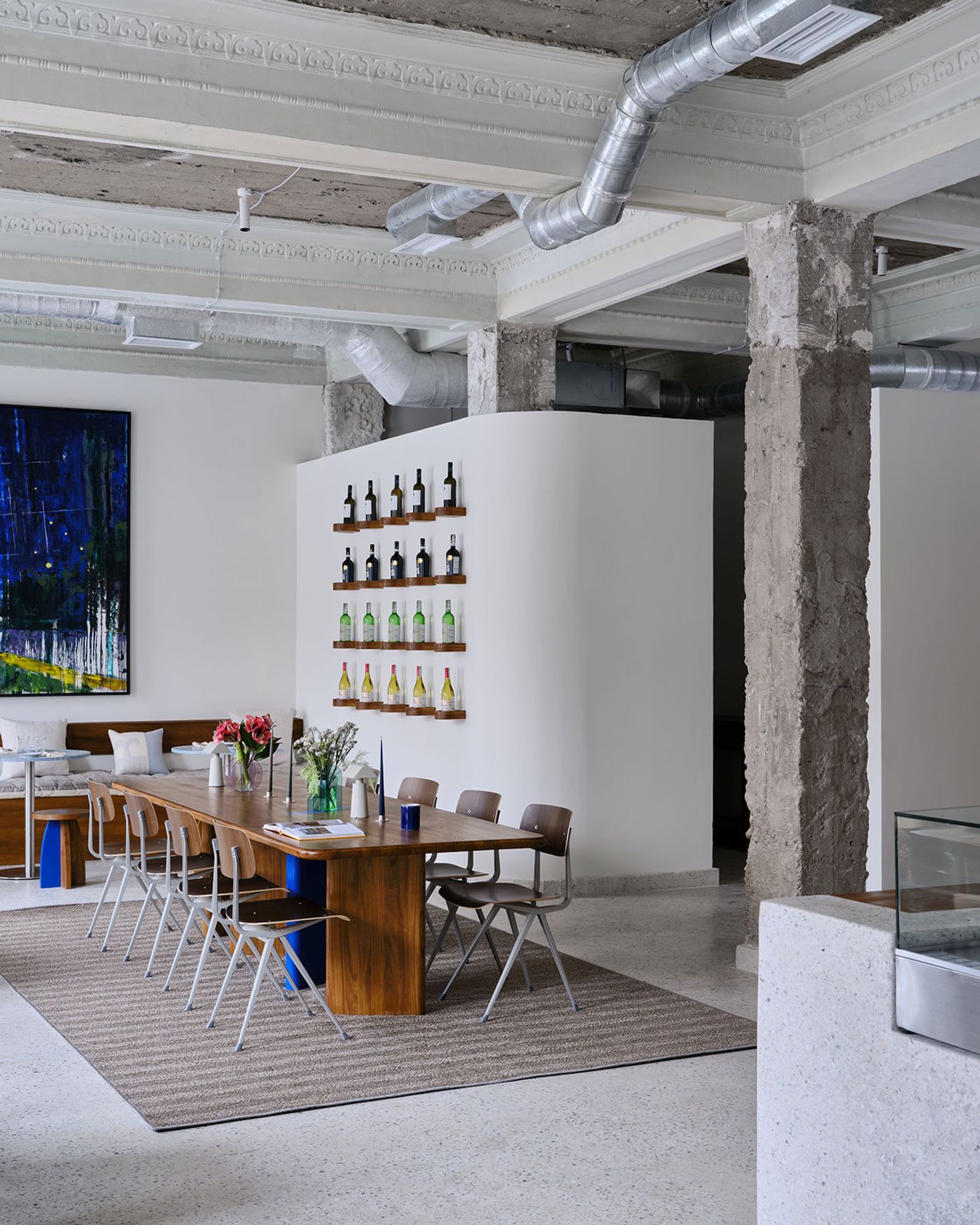
Photography by Damir Otegen.
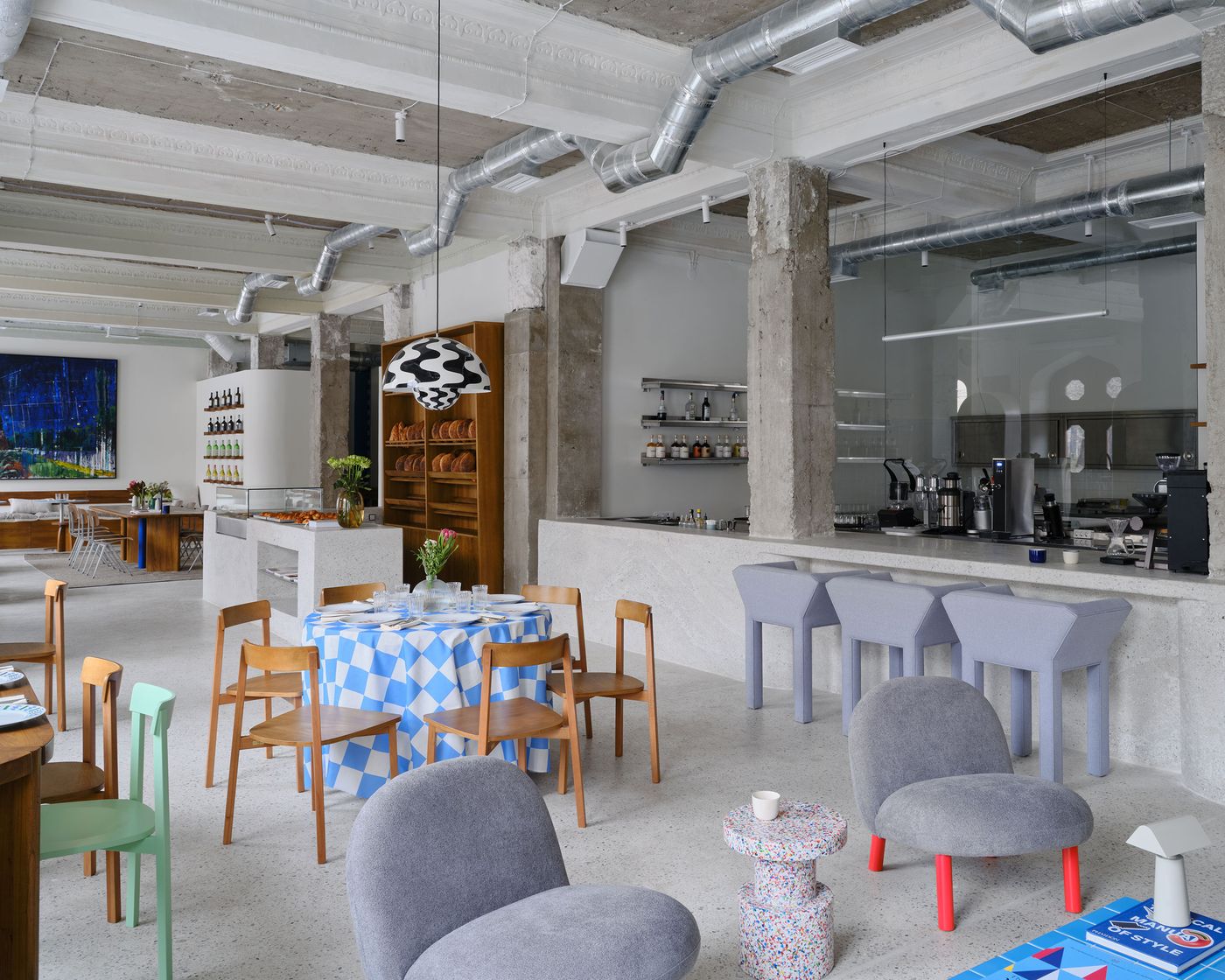
Photography by Damir Otegen.

Photography by Damir Otegen.
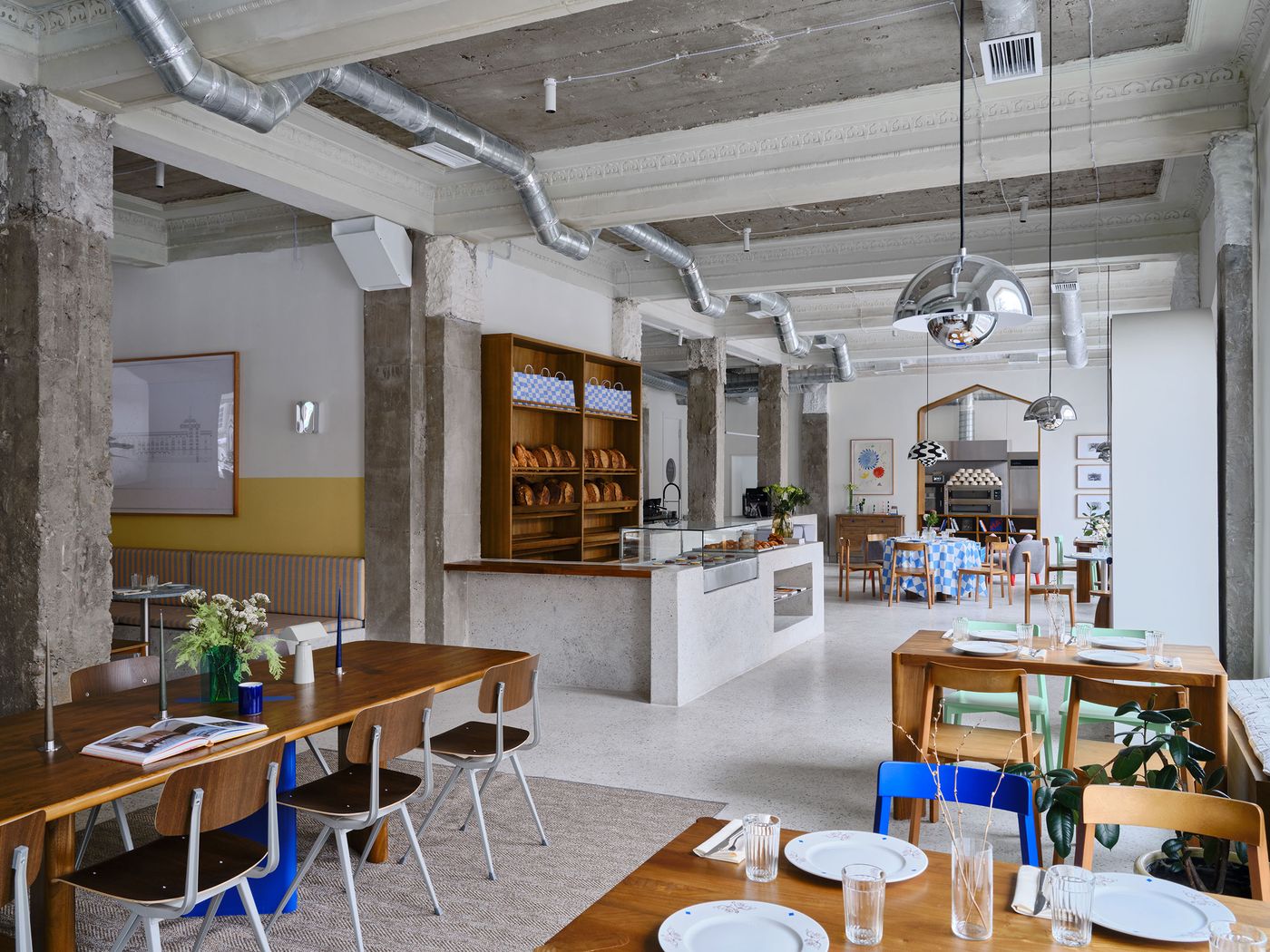
Photography by Damir Otegen.
Underpinned by a muted palette of light grey terrazzo flooring, white walls and concrete surfaces that enhance the sense of lightness, the space is also animated by pops of colour and wood accents, the latter in the form of tables, stools and cabinets produced by local craftsman using regionally-sourced Karagach wood. Pieces by Scandinavian brands like &Tradition, Normann Copenhagen and Hay add contemporary elegance while cushions by a local Kazakhstani brand evoke Kazakh yurts. At the back of the space, the lower half of the walls are painted yellow, a technique that was used in all entrances and municipal establishments during the Soviet era, with striped upholstery adding playful touches. Rounding up the scheme’s quirky features, the bathroom corridor is entirely enveloped in white and blue checkerboard tiling.
The melange of contrasting elements extends to the curated selection of artworks, architectural drawings and photographs adorning the walls which include a monumental paining by young Kazakhstani painter Nurbol Nurakhmet that expressively depicts an Almaty landmark, an expansive architectural drawing of the Soviet-era building painstakingly recreated from lost archives and several historic photographs of the property generously provided by the Almaty Museum.
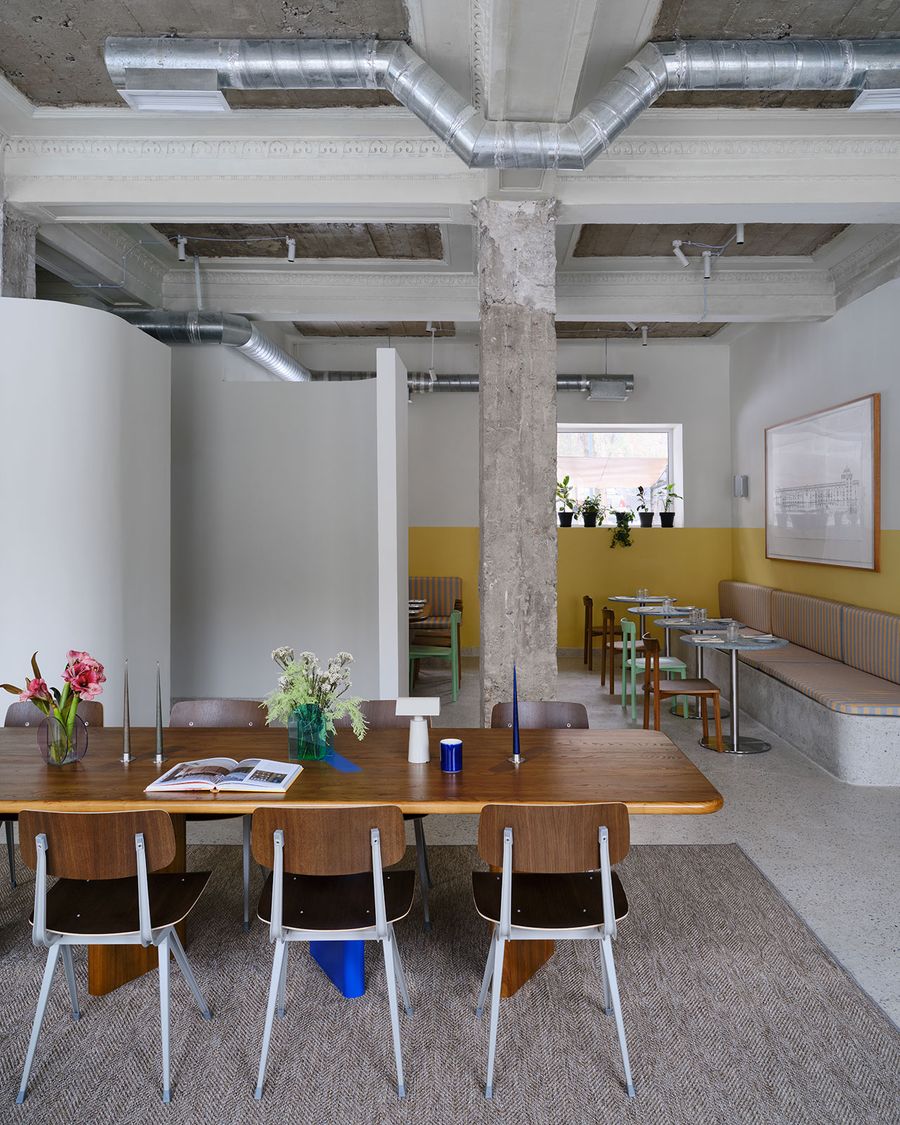
Photography by Damir Otegen.
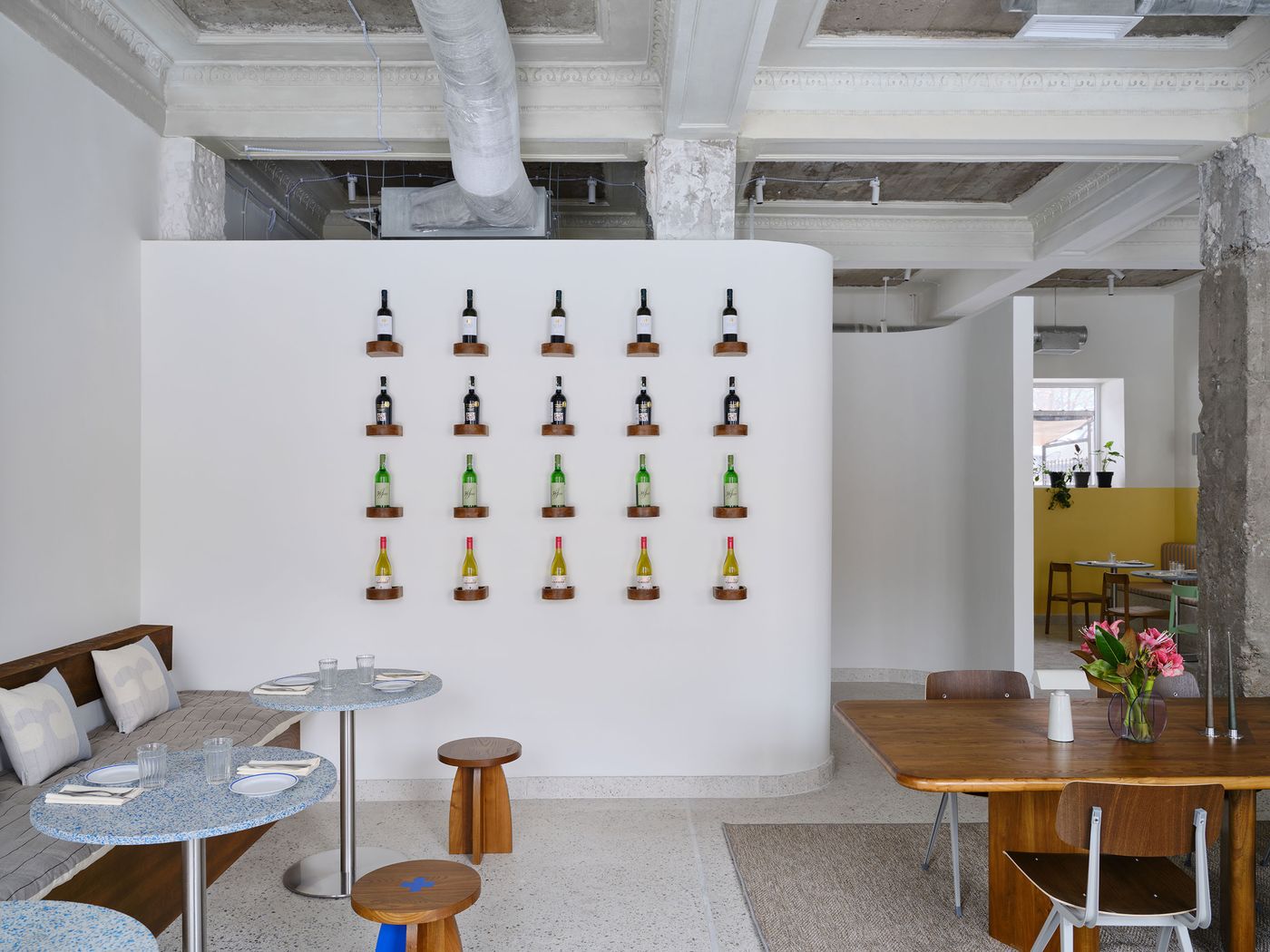
Photography by Damir Otegen.
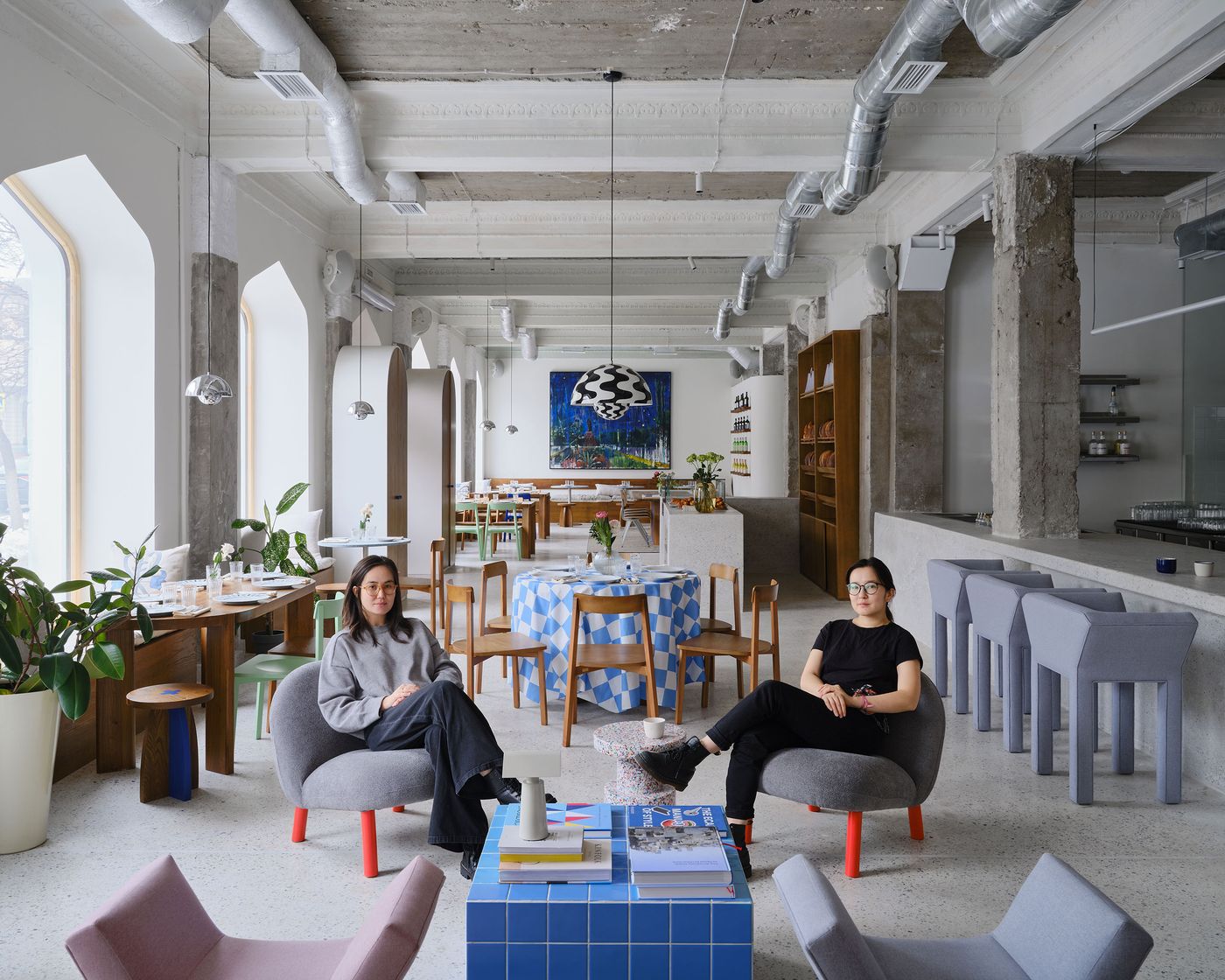
Elvira Bakubayeva (right) and Aisulu Uali (left), co-founders of NAAW Studio. Photography by Damir Otegen.

